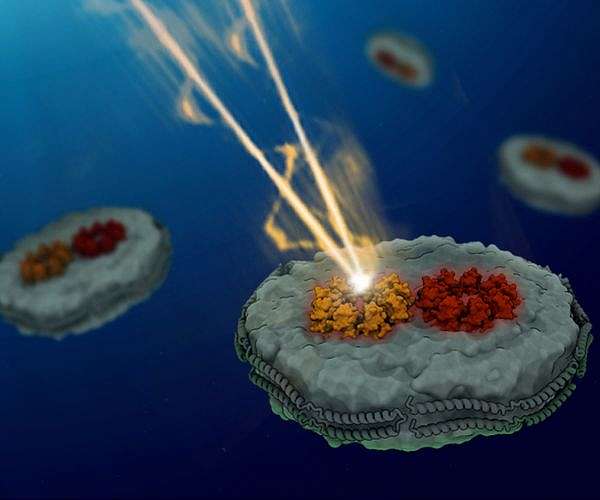Biophotovoltaic solar energy: a step forward in sustainable energy technology
In a major study published in Environmental Science and Ecotechnology, researchers have revealed new insights into biophotovoltaic (BPV) systems. These advanced systems integrate photosynthetic microbes with electrochemical components to convert sunlight into electricity. By using the cyanobacterium Synechocystis sp. PCC 6803 research examines the molecular processes that make this green energy technology viable.
The study focuses on extracellular electron transfer (EET), a process in which electrons produced during photosynthesis are captured by an electrode using mediators such as ferricyanide. Findings indicate that EET does not significantly disrupt cell growth, carbon fixation, or oxygen evolution. However, it interacts with photoprotective mechanisms, known as Mehler-like reactions, by diverting electrons downstream of photosystem I. This discovery is vital for understanding the electron source in ferricyanide-mediated EET and promoting the efficiency of BPV systems.
Another important observation is that high concentrations of ferricyanide can independently affect the electron transport chain, mimicking the impact of trace cyanide. This highlights the importance of carefully managing mediator concentrations to improve performance while mitigating potential biotoxic effects.
“This research provides molecular-level insight into photosynthetic electron flow in BPV systems, paving the way for more efficient designs,” the authors said. The study underlines the dual functionality of BPV systems: generating clean electricity and acting as a carbon sink. This represents a crucial step towards more sustainable energy solutions.
Looking ahead, future research will focus on refining the use of mediators, optimizing electron pathways, and exploring alternative methods to further improve BPV systems for practical applications.
Research report:Molecular dynamics of photosynthetic electron flow in a biophotovoltaic system


